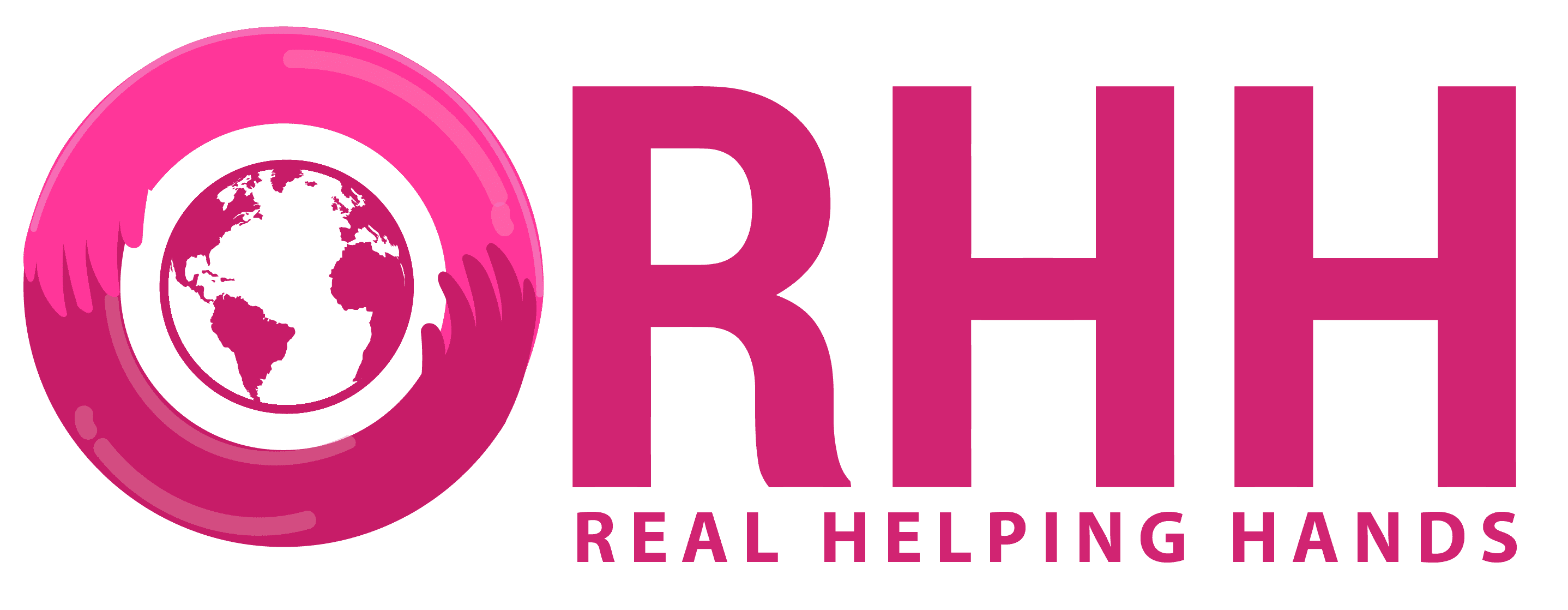Everything You Need to Know About Accounting Reconciliation
Moreover, regular bank account reconciliation will minimize the likelihood of receiving fines or penalties that generally could be avoidable. To fully understand the whole accounting process inside one’s business, check out our article on the AR basics to get a thorough understanding of the topic. You must assign the financial category of Accounts
Receivable to all of your natural account values with the Receivables
account class. This is a required setup step for Receivables to General
Ledger reconciliation.
- It’s important to keep in mind that consumers have more protections under federal law in terms of their bank accounts than businesses.
- The reconciliation procedure produces an informed and comprehensive report outlining differences and their resolution.
- During reconciliation, you should verify the transactions documented in an internal record-keeping account to an external monthly report from providers such as banks and credit card providers.
- A bank inaccuracy is an inaccurate debit or credit on a bank statement resulting from a cheque or deposit is recorded in the incorrect account.
- Recording inventory (and related accounts payable) transactions may lag, requiring accruals through a cut-off date after month-end.
Larger businesses with several branches may also need to complete intercompany reconciliations. Depending on your business, you may also want to reconcile your inventory account, which is typically completed by doing a complete accounting of all inventory on hand. While very small businesses can use cash basis accounting, if you have employees or have depreciable assets, you’ll need to use accrual basis accounting.
Accounts Receivable
Fortunately, today’s accountants have the advantage of automation and reconciliation tools like account reconciliation software that can make short work of the time-consuming chore of transaction matching. Most accounting systems and ERPs have built-in modules that can import bank transactions and compare them to the transactions in the system. The objective of doing reconciliations to make sure that the internal cash register agrees with the bank statement. Once any differences have been identified and rectified, both internal and external records should be equal in order to demonstrate good financial health. The company should ensure that any money coming into the company is recorded in both the cash register and bank statement. If there are receipts recorded in the internal register and missing in the bank statement, add the transactions to the bank statement.
While reconciling your bank statement, you notice the bank debited your account twice for $2,000 in error. The trial balance that lists and totals general ledger account balances should have equal debit and credit totals to reflect the true cost of employees double-entry accounting and posting of all accounts to the general ledger. Compare income tax liabilities to the general ledger account and adjust for any identifiable differences that need recording via journal entry.
- As more businesses start using the cloud for bookkeeping and sales in general, many issues of the past are disappearing.
- It is prudent to reconcile credit card accounts and checkbooks on a regular basis, for example.
- Annual SaaS subscriptions are another example of prepaid assets amortized over twelve months as each month elapses.
Here, you reconcile general ledger accounts related to short-term investments with a maturity period of 90 days or less. Examples include treasury bills, commercial paper, and marketable securities. This reconciliation makes sure that your financial records match the balances on brokerage or financial institution statements. Closing balance – or the final reconciled balance – is a crucial component that confirms the alignment between the adjusted balance in the internal records and the ending balance reflected in the bank statement. At its most basic level, reconciliation accounting involves comparing two sets of records to ensure that they match and that the balance shown in each set is correct.
Free Accounting Courses
However, if you reconcile your accounts regularly, you may avoid errors as they happen. By reconciling their accounts, individuals can check to see that their financial firm has avoided making any mistakes in their accounts. Supplier statements are not provided automatically so may need to be requested periodically in order to reconcile these accounts. Accuracy and completeness are the two most important things when reconciling accounts. And, because Clio integrates with best-in-class accounting tools like QuickBooks and Xero, you can use them together to further simplify reconciliations. When using Clio together with these integrated accounting solutions, trust account updates made in Clio are then automatically updated in QuickBooks or Xero.
A bank reconciliation Excel template can help you make short work of this process. If it doesn’t, you’ll have to go back in time or check the audit trail to find the transaction or transactions that changed. But even if you’re not subject to Sarbanes-Oxley, reconciling accounts — especially cash accounts— on a timely basis can help prevent fraud.
It Corrects Errors and Discrepancies.
For example, if a business takes out a long-term loan for $10,000, its accountant would debit the cash account (an asset on the balance sheet) and credit the long-term debt account (a liability on the balance sheet). Reconciliation is an accounting procedure that compares two sets of records to check that the figures are correct and in agreement. Reconciliation also confirms that accounts in a general ledger are consistent and complete. Periodically you need to reconcile the transactions in your accounts receivable system, both before and after you post to general ledger. The Receivables to General Ledger Reconciliation extract and report help to simplify this process and to reduce manual reconciling activity.
It involves estimating the actual amount that should be in the account based on the previous account activity levels or other metrics. The process is used to find out if the discrepancy is due to a balance sheet error or theft. The document review method involves reviewing existing transactions or documents to make sure that the amount recorded is the amount that was actually spent. Reconciliation for prepaid assets checks the balances for different types of prepaid assets, factoring in transactions like additions and amortization. Prepaid assets, such as prepaid insurance, are gradually recognized as expenses over time, aligning with the general ledger. Reconciling accounts can be done manually, but it uses up a lot of time and requires specialized knowledge.
Step #4 of the account reconciliation process: Prepare the necessary journal entries
Producing this report makes it easier to perform the next reconciliation, as these differences explain why there is a discrepancy between the opening balances of the two different documents. Customer reconciliations are performed by businesses which offer credit terms to their customers. Here are five best practices that can help your organization to improve the account reconciliation process. Once the individual client ledgers and the firm’s trust account ledger are aligned, you can then reconcile the client ledgers and trust account ledgers with your trust bank account statement. All trust transactions in the internal ledger should be accurately recorded and should align with transactions in the individual client ledgers.
Learn How NetSuite Can Streamline Your Business
This is done by comparing debit card receipts or check copies with a person’s bank statements. During the reconciliation process, it’s common to encounter discrepancies between the internal records and the bank statement. To address these discrepancies, adjustments are made to the internal records in order to bring them in line with the bank statement.
To meet this purpose, businesses usually reconcile accounts at the end of each accounting period. Period reconciliations are important to be carried out to find out any discrepancies in the accounting record and to be able to correct them regularly. It allows businesses to ensure their accounting records are maintained in the most accurate form without any errors and discrepancies. Similarly, when a business receives an invoice, it credits the amount of the invoice to accounts payable (on the balance sheet) and debits an expense (on the income statement) for the same amount. When the company pays the bill, it debits accounts payable and credits the cash account.
Reconciliation
Using a schedule of general ledger accounts, analyze capital accounts by transaction for any additions or subtractions. The spreadsheet should include beginning balance, additions, subtractions, and any adjustments required for recording to agree with the general ledger ending balances for capital accounts. Make any required adjusting journal entries for general ledger balances to correctly reflect short-term and long-term notes payable components. Prepaid assets are prepaid expenses that are capitalized as an asset when paid in cash. Prepaids are recognized gradually as an expense, using a monthly allocation with a journal entry to reduce the prepaid asset balance and record the expense on the income statement.


